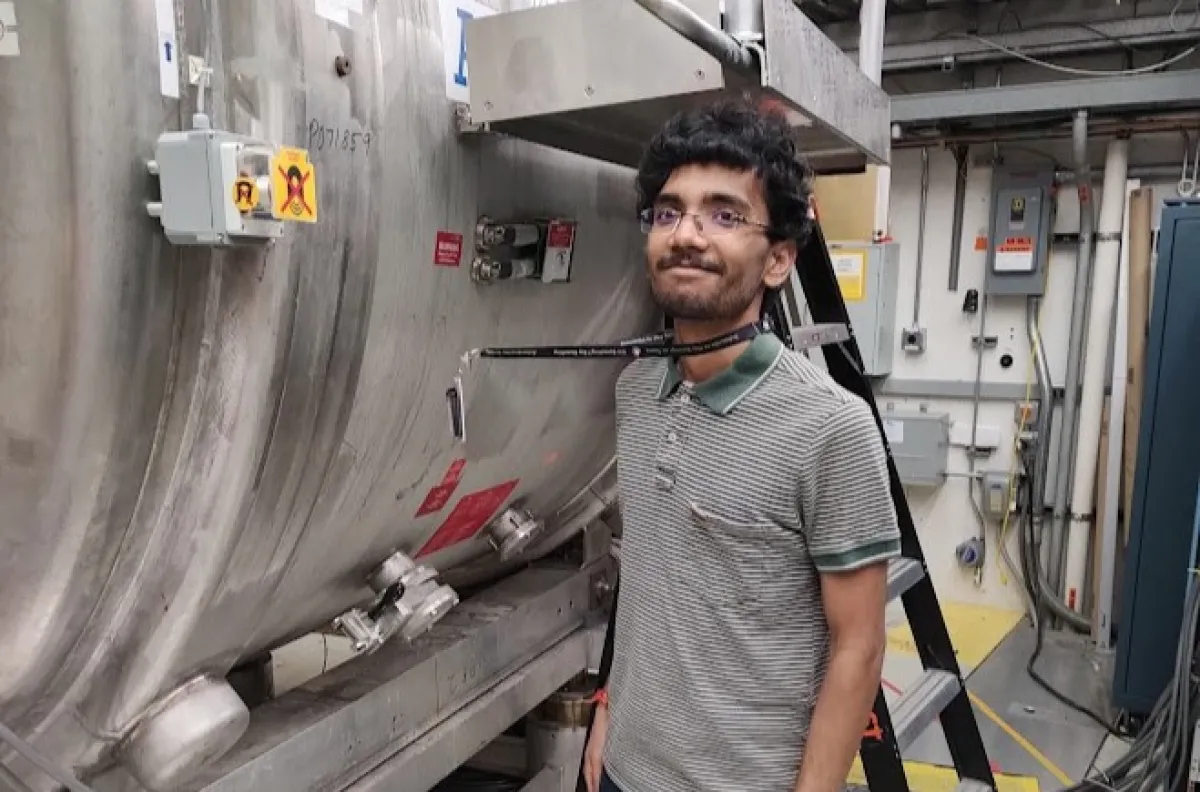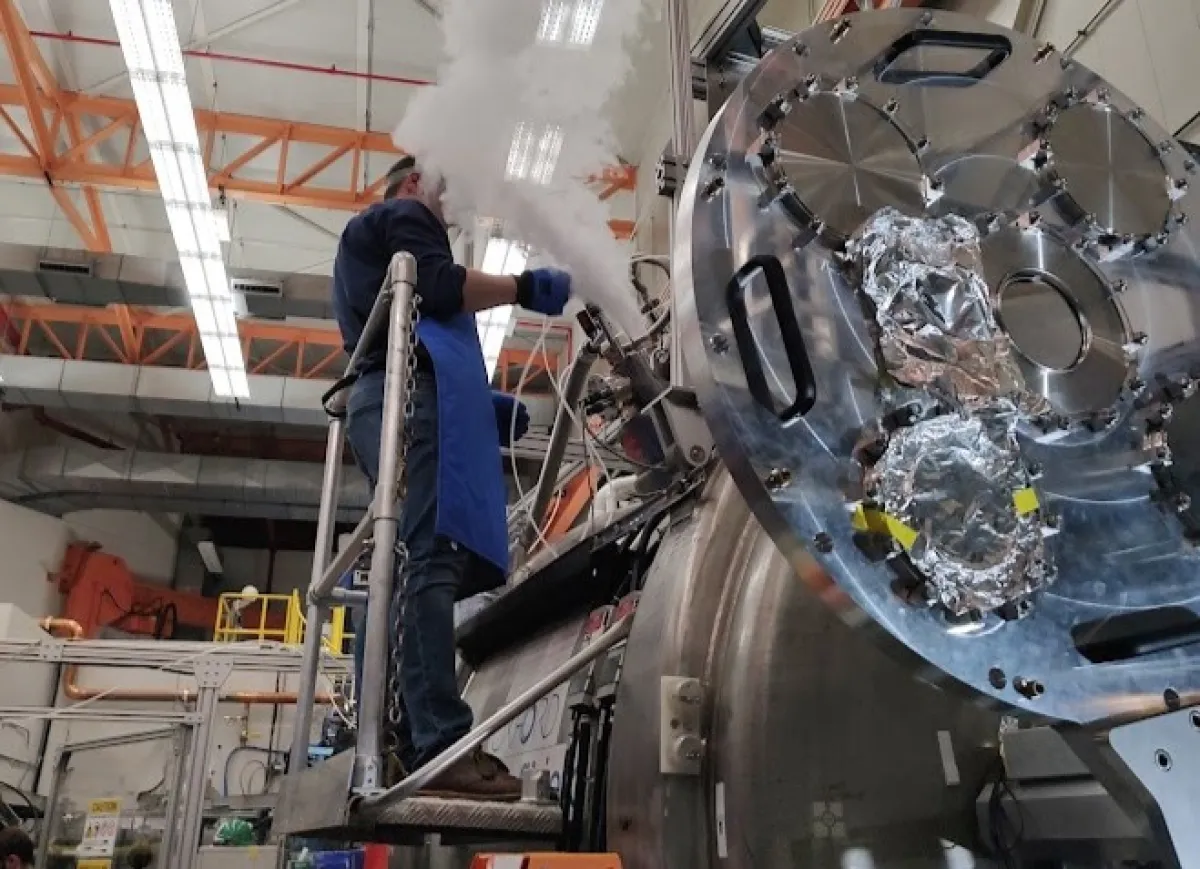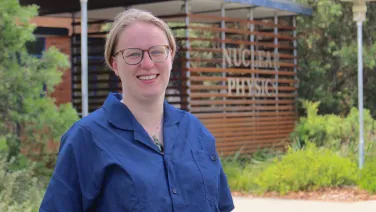Crompton Award helps student research the nearly-magic

PhD Student Aditya Babu wants to revisit one of the earliest puzzles of nuclear physics: why are some nuclei more stable than others? And every nuclear physicist knows it’s to do with magic.
One of the earliest breakthroughs in this area was by trailblazing nuclear physicist Maria Goeppert Mayer, in 1948. She was studying especially stable nuclei that contain protons and/or neutrons (aka nucleons) in specific numbers, for example 2, 8, 20 and 28 – these are particularly stable combinations, known as ‘magic numbers’.
Her insight was that the stability was because magic numbers of nucleons would fit nicely into a well-arranged shell, similar to electron orbitals.
The model has been highly successful, particularly in explaining nuclei around the magic numbers. However, hints that aspects of the shell model warrant further scrutiny - even in these textbook regions - have shown up in recent studies, including those performed at the Heavy Ion Accelerator Facility (HIAF) at ANU. This is what Mr Babu is researching.
Thanks to the Robert and Helen Crompton Endowment of $15000, Mr Babu got the chance to investigate this question by visiting one of the foremost nuclear physics laboratories, Argonne National Laboratory in Chicago, United States, for three months.
While there, he worked on experiments similar to his project at HIAF, researching the energy levels in isotopes that are on either side of magic nuclei, to investigate how closely they match to shell-model predictions
At Argonne, he used the HELIOS experiment station, which has a rare combination of components: beams of stable and radioactive isotopes from a high-energy particle accelerator, and a very flexible magnet, repurposed from an MRI, whose field can be tuned to catch different charged particles with carefully positioned arrays of sensitive silicon detectors.
Mr Babu took the doubly magic calcium-48 (20 protons, 28 neutrons) and fired it at a target made of a plastic with 99.5 percent of the hydrogen replaced with deuterium. He then observed transfer reactions, collisions in which a neutron hops to or from the calcium to the deuterium, creating calcium-49 or calcium-47.

Thanks to HELIOS’ flexibility, Mr Babu was able to measure both these nearly magic species at once, a measurement that had never been attempted before.
Detailed analysis is now underway to understand how close to the shell model the energy levels in these isotopes are, or whether the model is breaking down, a scenario known as fragmentation.
The experience was made all the more significant for Mr Babu by Argonne’s history.
“Maria Goeppert Mayer worked at Argonne – it was very inspiring to be in the same building where she worked,” Mr Babu said.
While he was there, he was able to participate in a conference celebrating 75 years of nuclear-structure research, since Goeppert Mayer’s Nobel-Prize-winning work introducing the nuclear shell model.
He also attended the Nuclear Target Development Summer School, an Exotic Beam Summer School and presented a poster at the Nuclear Structure 2024 conference, regarding his work at ANU on developing a new detector for the Enge spectrograph, which will enable the transfer reactions to be studied.
“It’s been very exciting to see the light-ion focal plane detector go from being on a bench top to actually shooting a beam from the accelerator into it.
“A lot of people from the international community were interested, I had some good conversations about my work,” Mr Babu said.
This article was first published by ANU Research School of Physics.



